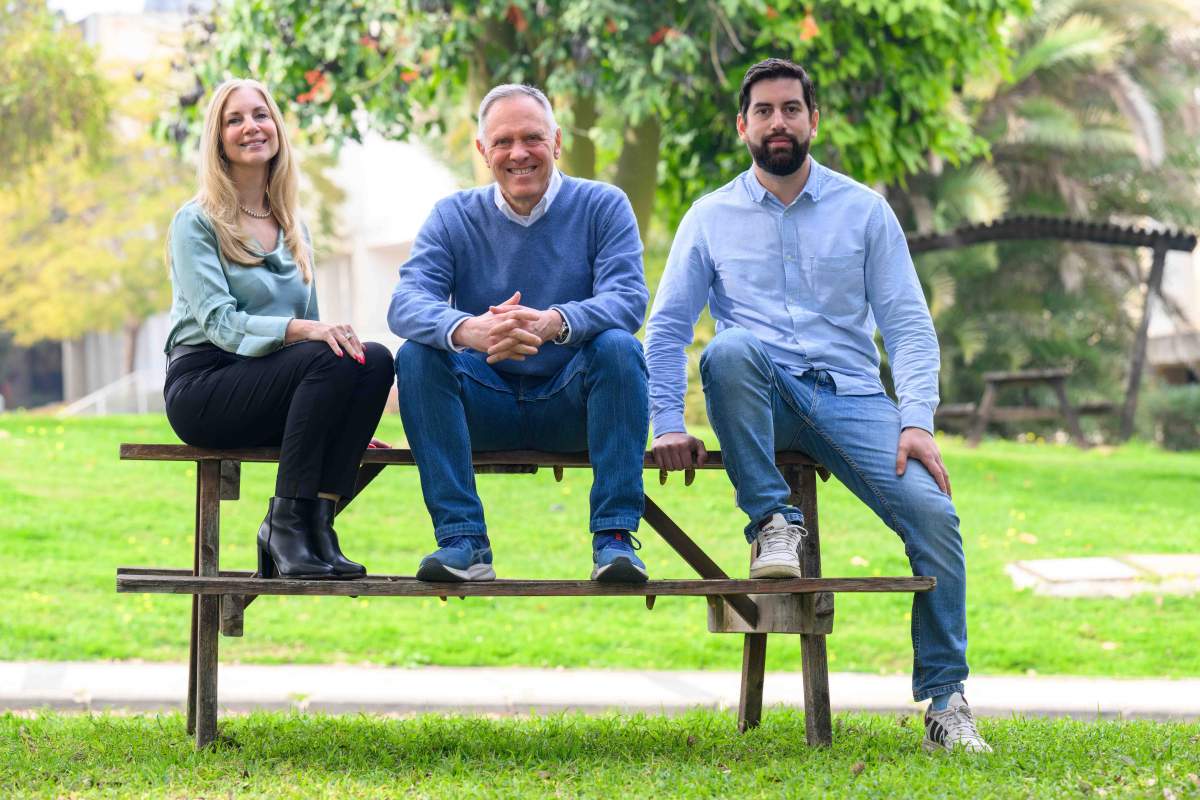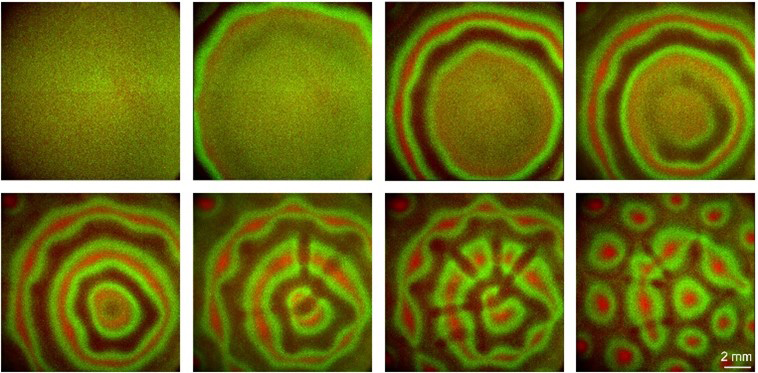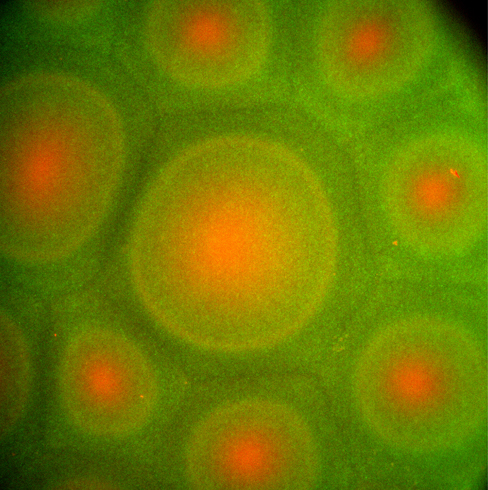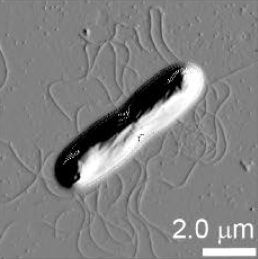A desert region in northern Mexico sparked the imagination of Prof. Joel Stavans , a physicist who studies the physics of biological processes and is particularly interested in natural bacterial communities. He learned about a unique aquatic environment in the Cuatro Ciénegas Basin - whose name means "four marshes" in Spanish - located in the Mexican state of Coahuila. This area is home to an extraordinary diversity of life forms, including rare microbial communities that thrive in extreme conditions similar to those that existed on Earth during the Precambrian era, some 700 million years ago.

Stavans and Dr. Rinat Arbel-Goren - a senior staff scientist in his lab in the Physics of Complex Systems Department at the Weizmann Institute of Science - joined research expeditions to collect samples from the region. Upon returning to Israel with several of these ancient species, they were joined by Dr. Oscar Gallardo-Navarro, a microbiologist from Mexico with expertise in this unique environment, who came to conduct postdoctoral research at Weizmann.

In one experiment, Gallardo-Navarro was surprised to find that despite growing under static conditions, bacterial cultures formed both cloudy and clear dynamic zones that could be seen with the naked eye - distinctive patterns created by each bacterial species. These patterns, observed in the samples, shaped the entire study.
""Previous research focused on lab-cultured model bacteria and didn't examine the distinct collective behaviors of different natural strains"
As reported recently in Nature Communications , Stavans's research group discovered that different bacterial species, which swim toward areas with higher oxygen concentrations, generate unique patterns of self-organization. In other words, each species created its own spatial design: Some formed hexagonal arrays, others created elongated or meandering structures. These findings broaden our understanding of collective motion in natural systems such as bird flocks, fish schools and ant colonies, and may also have implications for the study of collective human behavior and even the field of robotics.

"The striking patterns we observed are the result of a process known as bioconvection," Stavans explains. "Whether in a natural lake or a culture dish in the lab, the bacteria - which can't survive without oxygen - swim upward toward the water's surface, where oxygen levels are higher. Since bacteria are denser than water, gravity pulls them back down once they reach the top, generating convection currents. This represents an interplay between opposing forces - gravity pulling downward, and the bacteria's biological need for oxygen pulling upward. Furthermore, the up and down motion enhances the swimming through the water currents it creates, forming a self-sustaining cycle."
Bioconvection is a well-documented scientific phenomenon, but this study uncovers a new dimension: a remarkable diversity of species-specific patterns. "Previous research mainly focused on lab-cultured model bacteria," says Stavans, "and no one thought to closely examine the distinctive collective behavior patterns exhibited by different bacterial species and strains from a single natural community."

The segregation principle
"Since all the species came from the same habitat and community, we asked ourselves: What would happen if we mixed them together in the lab as well?" says Arbel-Goren. "We were in for a big surprise: They didn't mix. Instead, they maintained spatial segregation within the culture."
The researchers thoroughly mixed various bacterial species in different ratios and observed with awe as new bioconvection patterns emerged - patterns shaped by the interactions between the unique designs produced by each species. The scientists labeled the species using different fluorescent colors and tracked, with high precision, the location of each within the breathtaking kaleidoscope that formed.

Puzzled by how and why such spectacular segregation occurred, the team ruled out biological attraction or repulsion between the species as the cause; after all, without bioconvection, no spatial segregation was observed. Nor could the morphological differences between species explain the phenomenon. The researchers hypothesized that it might arise from the distinct motility characteristics of each species. When they analyzed the swimming behavior of the different bacteria, they found that each species had its own average speed and frequency of directional change. The greater the difference between the swimming characteristics of two species, the more marked was the observed spatial segregation.
"It's astonishing to see how microscopic differences in motion - on the order of two microns - result in visible patterns over areas more than a thousand times larger," Stavans says.

The researchers believe that this segregation evolved as a strategy to minimize collisions between bacteria swimming together, to allow each species to best meet its oxygen needs within their shared habitat. These findings may apply not only to the bacterial communities of the Cuatro Ciénegas Basin but to microbial ecosystems worldwide. Moreover, Stavans notes, the results could have relevance for a field that physicists call active matter physics, which studies systems in which collective behavior arises from the self-propelled motion of individual components, even though the individual members may not necessarily communicate with one other.

Science Numbers
Microscopic differences in bacterial motion - on the order of 2 microns - result in visible patterns over areas more than 1,000 times larger.
Also taking part in the study were Prof. Elias August of Reykjavik University and Dr. Gabriela Olmedo-Alvarez of CINVESTAV Unidad Irapuato, México.
Prof. Joel Stavans holds the Siegfried and Irma Ullmann Professorial Chair. His research is supported by the Maurice and Vivienne Wohl Endowment Fellows.






